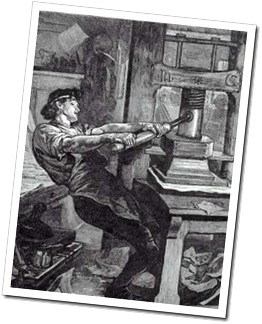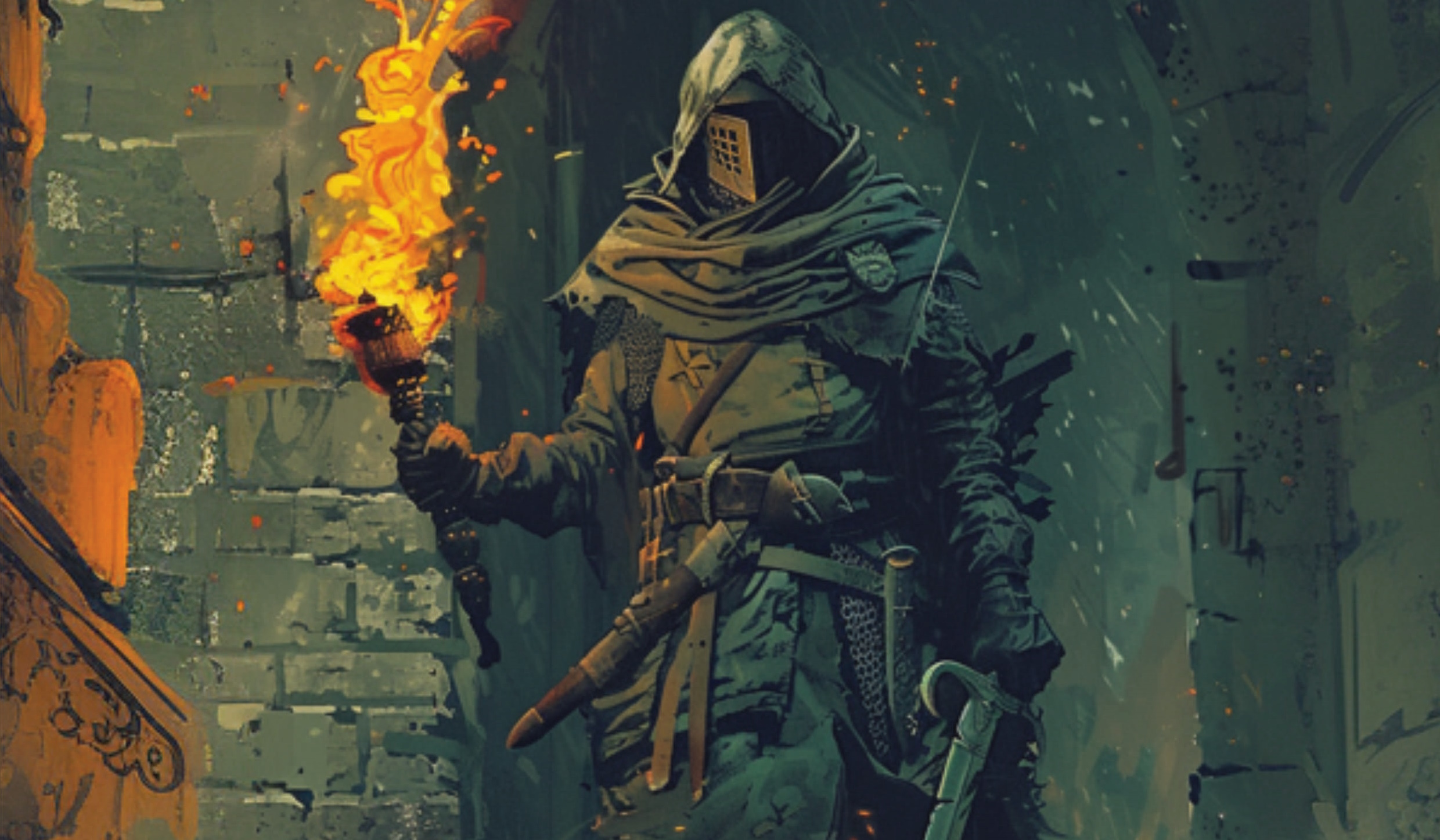Ask The Stargazer: “Would you be willing to provide some insight into your thoughts on layout for free RPG PDFs?”
 A couple of days ago Stargazer Games fan and fellow amateur game designer Michael M. contacted me via email and asked me to share a few tricks on doing the layout for free RPGs. Here’s what I came up with:
A couple of days ago Stargazer Games fan and fellow amateur game designer Michael M. contacted me via email and asked me to share a few tricks on doing the layout for free RPGs. Here’s what I came up with:
-
Get a desktop publishing software
When you try your hand at layout using word processors like MS Word or Open Office etc. don’t be surprised when it looks like crap. It’s extremely hard to create a good-looking layout with a software that’s not created for that purpose.
I prefer Adobe InDesign but it’s an extremely expensive software. Microsoft’s Publisher is AFAIK still included in some versions of their Office suite and it’s pretty easy to use. If you prefer open source there’s Scribus.
I haven’t had much luck using Scribus, but I know that some people have created pretty cool looking stuff with it. I am sure there are many more DTP solutions for various platforms. -
Look at what other people have done
That’s what I did a lot. I looked at the layouts I’ve seen in books I like and tried my hand at imitating them. That’s actually easier said then done, especially when you use another software (with less features) and when you have no idea how certain things are done. I am still pretty much an amateur but people seem to like my stuff, but I still learn something new every day. That’s actually a good segue to my next tip. -
Practice, practice, practice
The only way to get better at doing layout is by doing layout. Period. Ok, when you get someone else to show you some tricks, this may also help. -
Make use of textures and artwork
Everything looks better with textures and artwork. Luckily there’s are a lot of textures on the net that you can use royalty-free. Often textures are released in the public domain or are licensed under Creative Commons. When it comes to Fantasy/SF artwork you usually have to pay for that stuff. But there’s a lot of pretty inexpensive stock art at sites like RPGNow.
Sometimes artists allow you to use their art for free as long as your project is non-commercial. If you find a nice piece of art at DeviantArt or somewhere else, do the right thing and ask the artist for permission if you want to use it. You might be surprised how many artists are actually willing to let you use it for free. -
Get feedback
Ask people for feedback. Show them a few pages and ask them how they like the layout. I actually print the layout drafts on paper so that you can better judge how the final product is going to look like. Sometimes your layout looks great on the screen but doesn’t work that well on paper.
It also helps to have a few friends who aren’t afraid to tell you the truth when your layout sucks. And it’s even better if they can point out what they don’t like and more importantly why they don’t like it.
Please don’t forget that I am an amateur myself, so take my advice with a grain of salt. If you have some layout experience of your own, feel free to post your thoughts below!



4 comments